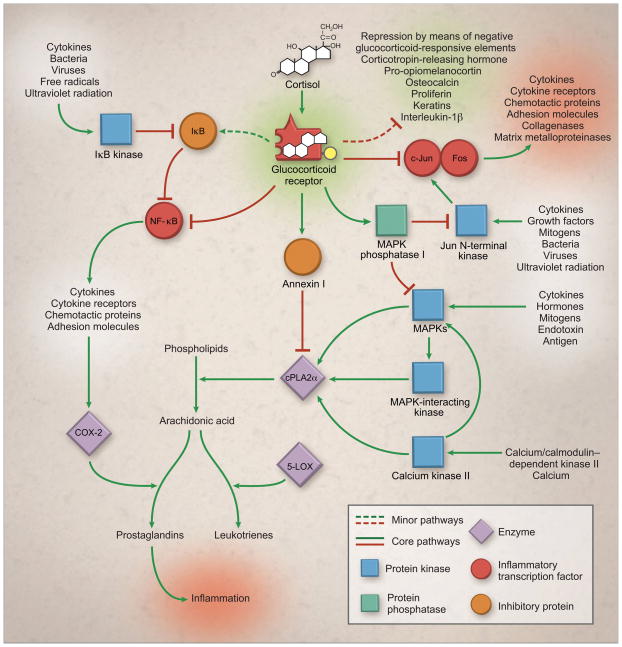Figure 3. Partial molecular architecture underlying the glucocorticoid-induced antagonism of inflammation [80].
Figure reproduced with permission from Rhen et al. N Engl J Med. 2005;353:1711–1723. ≪Note: permission to be provided upon acceptance≫
Inflammatory pathways are characterized by positive feedback loops (ie, cytokines activate NF-κB, which in turn stimulates the synthesis of more cytokines) and by redundancy (ie, cytokines also activate c-Jun–Fos). The glucocorticoid receptor inhibits these pathways at multiple points by directly blocking the transcription of inflammatory proteins by NF-κB and activator protein 1 and by inducing the expression of anti-inflammatory proteins such as IκB, annexin I, and MAPK phosphatase I. Red lines denote inhibition, and black arrows activation.
COX-2 cyclooxygenase 2; cPLA2α, cytosolic phospholipase A2α; IκB, inhibitor of κB; 5-LOX, 5-lipoxygenase; MAPK, mitogen-activated protein kinase; NF-κB, nuclear factor-κB.

